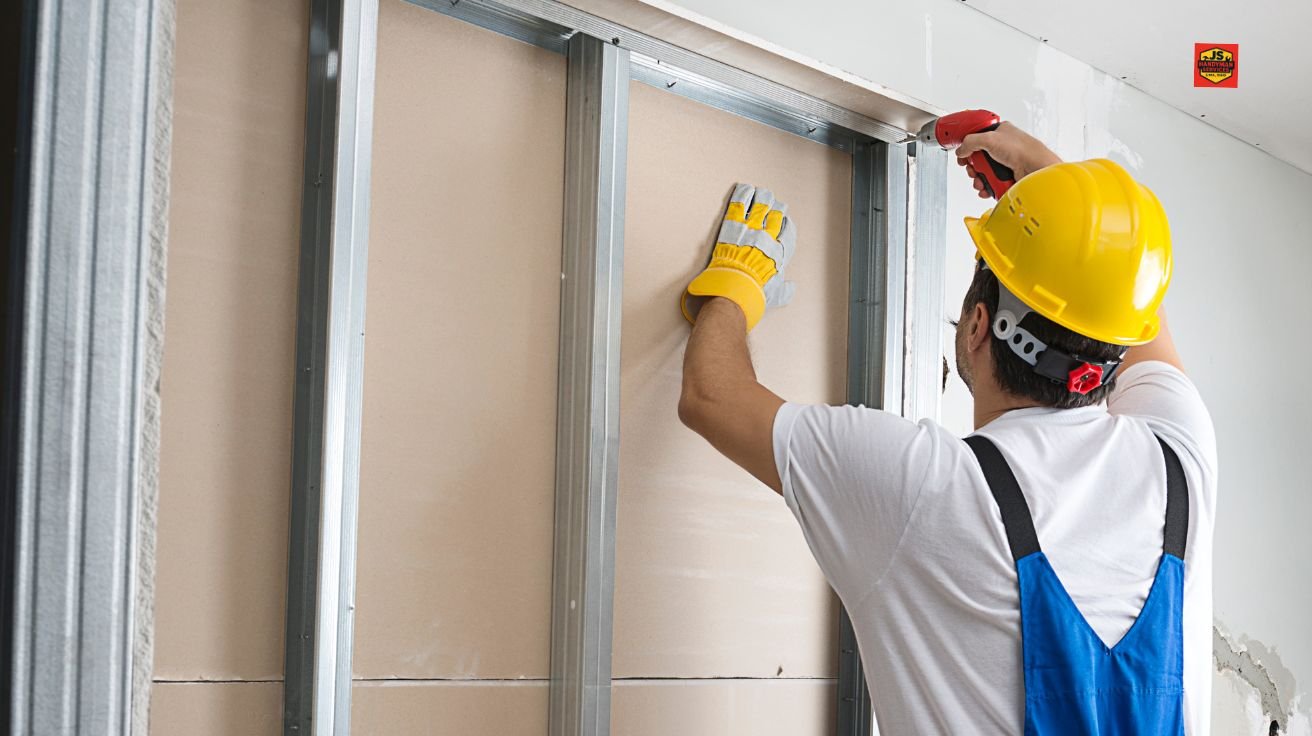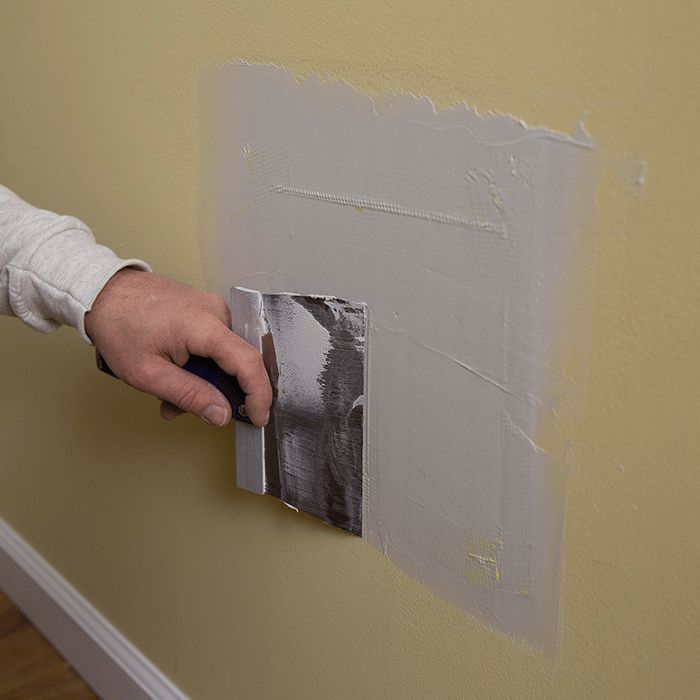A Comprehensive Guide to Learning Drywall Repair Work and Installation
This guide provides a thorough expedition of drywall repair service and installation, dealing with both amateurs and seasoned specialists. It outlines important devices, techniques for patching and hanging sheets, and the essential ending up processes. drywall contractor. By understanding typical challenges, individuals can accomplish polished outcomes. Understanding these abilities not only improves one's home but also constructs confidence in do it yourself endeavors. What fundamental tips will guarantee an effective project from beginning to end?
Important Tools for Drywall Repair Work and Setup
When starting on drywall repair work and installment, a few important devices can considerably boost the efficiency and top quality of the work. A drywall knife, generally readily available in different dimensions, is vital for using joint substance and smoothing joints. A taping blade is likewise needed for feathering sides and ensuring a seamless finish. In addition, a drywall saw or utility knife permits for accurate cutting of drywall sheets to fit any space.

Step-by-Step Overview to Patching Holes
Patching openings in drywall is a simple procedure that can restore the wall's appearance and honesty. To start, the location around the opening need to be cleansed and any loosened debris eliminated. For small holes, a straightforward spackle or joint compound can be used with a putty knife. Larger openings might require a spot; a piece of drywall can be cut to fit the opening, secured with sticky or screws, and after that taped around the sides. As soon as the patch remains in location, joint substance is used over the patch and feathery bent on blend with the surrounding wall. After the compound dries out, sanding is needed to accomplish a smooth coating. The fixed location can be keyed and repainted to match the remainder of the wall surface. This method ensures a seamless repair work, improving the overall look of the drywall and keeping its architectural honesty.
Strategies for Hanging Drywall Sheets
After effectively fixing holes in drywall, the following step involves hanging new drywall sheets to create a smooth surface. To accomplish this, one need to start by measuring the wall surface space accurately and cutting the drywall sheets to fit. It is important to hang the sheets flat for better structural stability, beginning with the top and functioning downwards.
Making use of a drywall lift can simplify the process, particularly for ceiling installations. When placed, securing the sheets with drywall screws at intervals of about 12 inches along the sides and 16 inches in the area is important. This guarantees a firm hold and reduces the threat of sagging. For corners, the sheets must be reduced to fit well, permitting cleaner seams. Finally, it is recommended to stagger the joints in between sheets to strengthen the general framework, producing a much more durable surface ready for the next stage in the drywall setup procedure.
Completing Touches: Taping and Mudding
Completing the drywall installation includes the essential actions of taping and mudding, which guarantee a sleek and smooth surface. Taping requires the application of joint tape over the joints in between drywall sheets. Drywall Installation Ogden Utah. This tape can be either paper or fiberglass harmonize, with each kind offering distinct advantages. After taping, the next action is mudding, where joint substance, or "mud," is put on cover the tape and fill up any blemishes
Using a drywall knife, the compound ought to be spread out uniformly, making certain a feathery edge to minimize visible modifications. Numerous layers are frequently essential, with sanding in between each layer to attain a seamless surface area. Mindful interest throughout this procedure Source is necessary, as it substantially impacts the last look of the wall surface. With the ideal strategy and patience, the end outcome will be a remarkable structure all set for painting or finishing touches.
Common Blunders to Prevent in Drywall Projects

An additional usual blunder is not permitting enough drying out time in between layers, which can catch moisture and endanger the surface. Overlooking to feather the edges appropriately can develop visible lines and blemishes. Lastly, skipping sanding or utilizing inappropriate strategies might leave harsh spots. By understanding these challenges, individuals can considerably enhance the high quality of their drywall projects and achieve a professional-looking coating.
Regularly Asked Inquiries
Can I Fix Drywall Without Expert Assist?
Yes, one can fix drywall without expert help. With the right devices, products, and assistance, individuals can efficiently deal with small repair services. Substantial damage might require professional knowledge for excellent results and sturdiness.
The Length Of Time Does Drywall Substance Require To Dry?
Drywall compound generally takes between 24 to two days to completely dry entirely, relying on aspects such as moisture and temperature level. Thinner layers might dry out much faster, while thicker applications call for more time for perfect outcomes.
What's the Finest Type of Paint for Drywall?
The ideal type of paint for drywall is typically a water-based latex paint. It provides exceptional coverage, longevity, and ease of application, making it excellent for interior wall surfaces while permitting easy clean-up with soap and water.

How Do I Stop Mold on Drywall?
To avoid mold and mildew on drywall, assurance correct air flow, control humidity levels, utilize mold-resistant materials, and quickly deal with any kind of leakages. Routine inspections and immediate remediation of water damages are also essential for lasting prevention.
Is Drywall Recyclable After Elimination?
Drywall is recyclable after elimination, supplied it is without contaminants like mold, paint, or other harmful products. Reusing centers can refine it right into new this contact form items, promoting sustainability and lowering land fill waste in building and construction.
When starting on drywall fixing and installment, a couple of crucial devices can greatly improve the performance and high quality of the work. After successfully fixing openings in drywall, the following action involves hanging brand-new drywall sheets to develop a smooth surface. Finishing the drywall installation entails the essential steps of taping and mudding, which guarantee a smooth and refined surface. Achieving a polished surface in drywall tasks can be tough, and several typical click this link errors can threaten the high quality of the work. Yes, one can fix drywall without expert help.